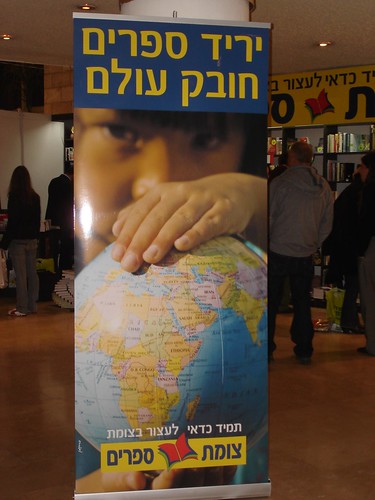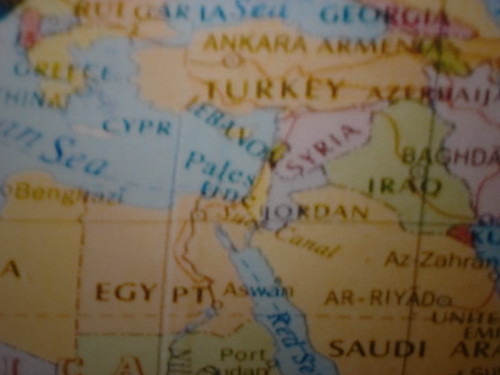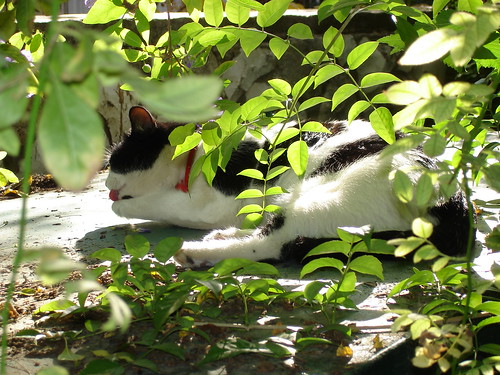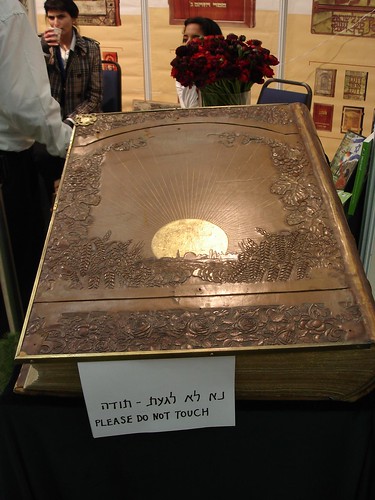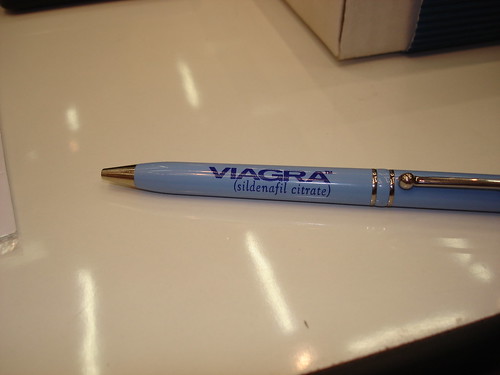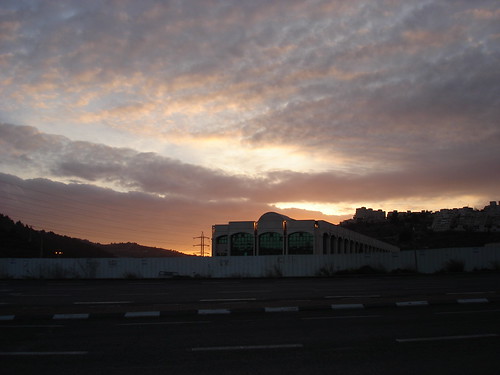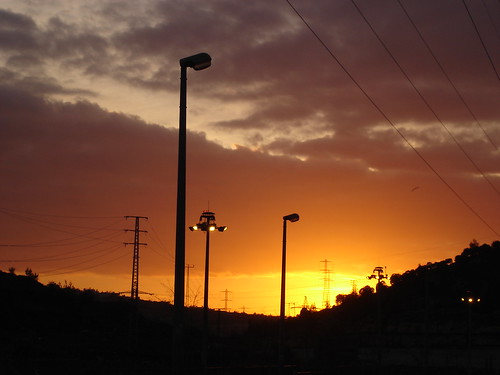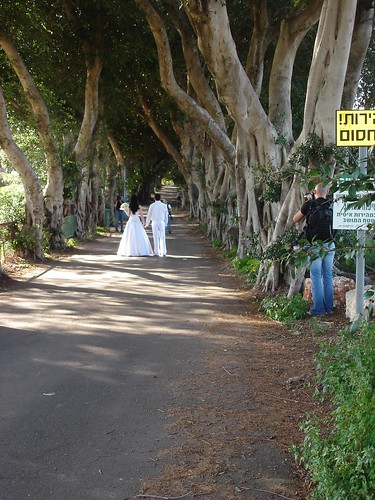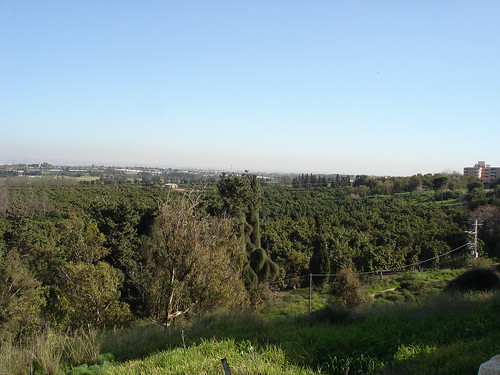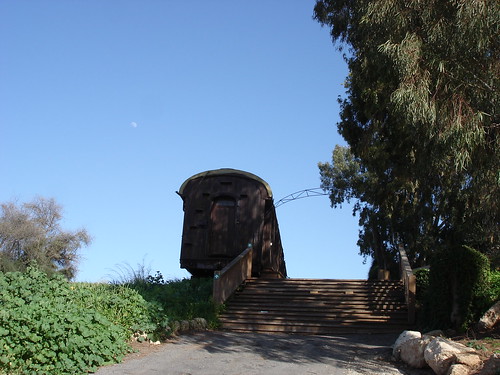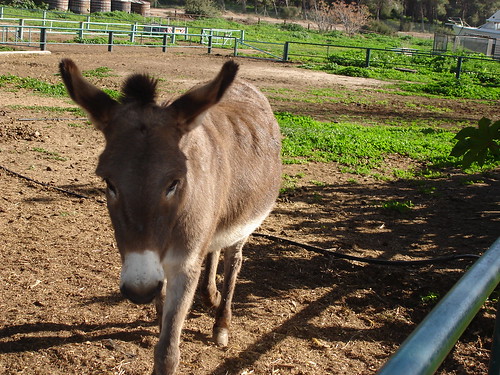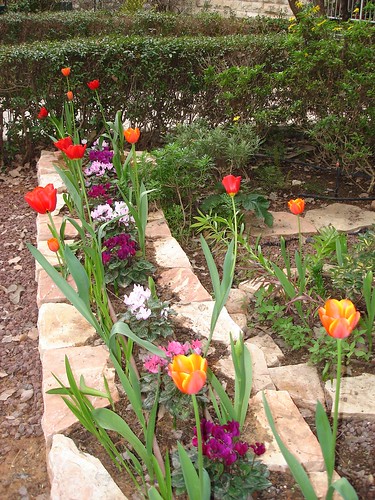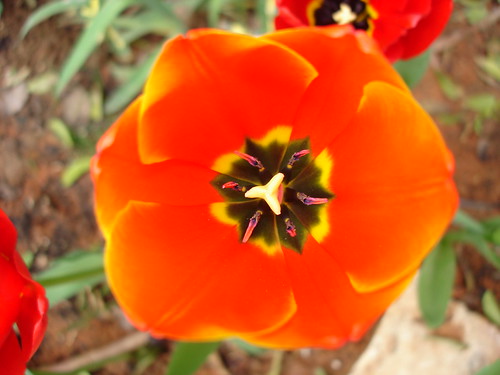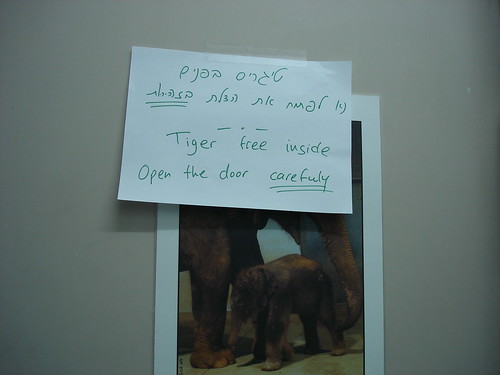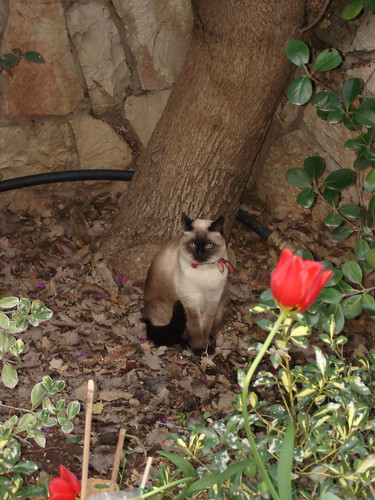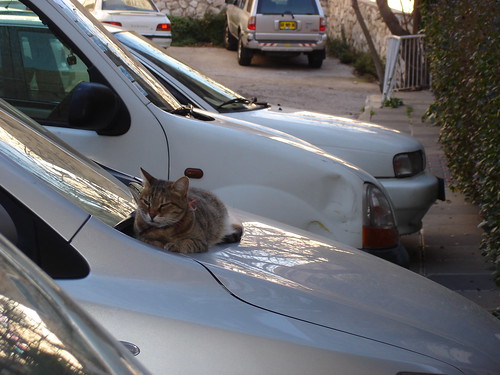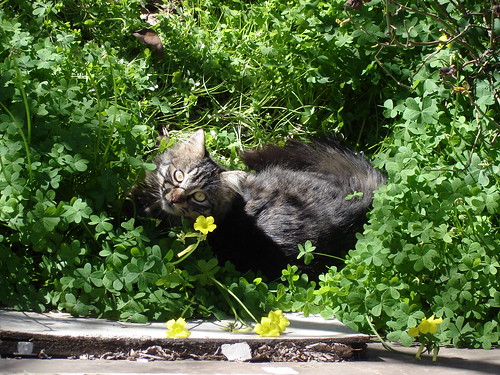After Twenty Years, They Still Don’t Get Us
When my friend called to tell me that there was an article about Women of the Wall's Rosh Hodesh service last Wednesday morning on Ynet, she may have been a bit surprised by my reaction. Instead of being excited, I let out a sigh.
In all my years as a member of Women of the Wall—and, these days, its prayer leader much of the time—I have seen only very few articles in the media that seemed to capture who we were, or that were written out of an honest desire to do so. Over the years, most of them, including those that appear in the Israeli media, have done any one or any combination of the following: made wild accusations against us (such as that we are trying to destroy Judaism—by praying, of all things! Go figure); dismissed us as a bunch of crazy foreigners, emphasized the aspect of conflict between ourselves and our detractors, or completely ignored what I see as the core aspect of our identity: a women's prayer group run according to Halakha (Jewish law) that welcomes all Jewish women regardless of affiliation or level of observance.
(Since the 1970s, dozens of such Jewish women’s prayer groups, known informally as women's tefilla groups, or WTGs, have been established throughout the world, some with the active support of the local rabbinic authority. Although they are still controversial in some communities, today, as far as I know, they are much more mainstream.)
As anyone who has been in this country for any length of time knows, the Israeli media is fond of kassah—conflict, the louder the better. Just look at our political talk shows, in which everyone screams at everyone else and no one can get a word in edgewise. It’s not about the justice of one’s cause or the facts that one cites to support it. It's about the number of decibels that one can blast into a studio microphone.
What took place at the Western Wall on the second day of Rosh Hodesh Adar was a prayer service, plain and simple. It was beautiful, heartfelt, vital and harmonious. While there was, unfortunately, some shouting, there was no violence whatsoever. I was honored to lead our guests, a group of approximately one hundred women rabbis of the Reform Movement who have come here for an important conference, in prayer at Judaism’s holiest accessible site. We prayed. End of story.
But to my regret, rather than focusing on our prayer, the article (and other similar ones; see below for links) chose to concentrate on a brief and insignificant incident that was much more sound than substance. I suppose this is because most prayer services don’t make the news, which is as it should be. But kassah makes the news because kassah sells—even when it is exaggerated and embellished.
After twenty years, they still don’t get us. It doesn’t surprise me, but it does make me sad.
A final note: in most of the press articles about us, Rabbi Rabinovitch, the administrative director of the Western Wall (and I stress that he is a government employee who is in charge of the Wall’s administration, not the rabbi of the Wall as some mistakenly believe—there is no such position) was quoted as saying that we usually pray at the archaeological area at Robinson’s Arch. He is only partially correct. On Rosh Hodesh Adar, we began our prayer service—as we do every month, and as we have done every month since our group was established—in the ever-shrinking women’s section of the Western Wall, and moved to the archaeological area only later. The fact that Rabbi Rabinovitch evidently doesn’t know that we pray in the women’s section of the Western Wall every month would seem to be further proof of how quiet and unobtrusive our prayer services are.
(For reference, here are links to the articles in question: Ynet in English, Ynet in Hebrew, Haaretz in English, and the JTA).
